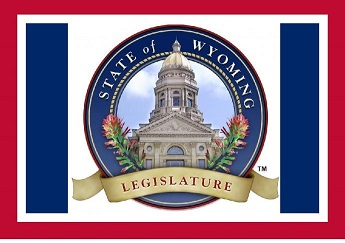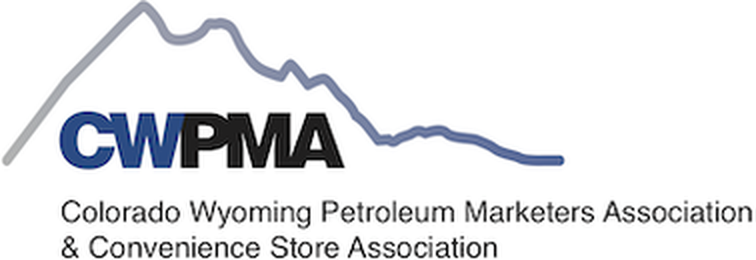
The Wyoming Joint Labor, Health and Social Services Committee met on June 10-11,2021 to discuss workers compensation and workforce development issues. The title of the topic listed in the agenda was "program summary, gaps in coverage, workers covered by self-insured employers". Workers compensation benefit award discrepancies is a topic a WPMA Trustee brought up at the last meeting and instructed staff to look into options/comparisons to other states. While benefit awards were not discussed in this legislative meeting, the following is a list of takeaways the committee learned. A copy of the presentation by DWS can be reviewed at:  WYOMING WORKERS’ COMPENSATION (wyoleg.gov).
WYOMING WORKERS’ COMPENSATION (wyoleg.gov).
- In a national workers compensation premium rate study that ranks all states based on premiums, Wyoming has improved from 16th highest in the country in a 2018 study to 26th in the 2020 study. Surrounding states were MT 12th, ID 19th, SD 23rd, NE tied with WY at 26th, CO 33rd, KS 39th, UT 47th and ND ranked the lowest at 51st.
- All employers doing business in Wyoming need to register with Workers' Compensation (WY §27-14-207(a)). From this registration, it is then determined what NAICS code the employment falls under and whether it is required or optional coverage under Wyo. Stat. Ann. §27-14-108. This statute was changed in 1991 to require only "extra-hazardous" NAICS coded industries, not specific jobs, to have workers compensation coverage.
- In exchange for this requirement, employers receive the benefit of reduced medical costs and are protected against lawsuits from the injured party, as outlined in Wyo. Stat. Ann. § 27-14.104...“Exclusive Remedy”.
- All required NAICS codes must have WC coverage through the state fund. Non-required NAICS codes may optionally purchase coverage from private carriers or carry no coverage at all. Example: The total number of employees in Wyoming is 279,462 . The total number of covered employees is 256,333 (179,074 required and 77,259 optional). This means that only 23,129 employees are not covered in Wyoming, primarily in elderly services, administration, computer-related occupations and agriculture.
- NAICS codes not considered "extra-hazardous" industries or occupations are not required to maintain workers compensation coverage. Example: warehouses, gas stations and auto parts stores are required to get coverage from the state program but grocery stores and supercenters are NOT required to even maintain worker compensation coverage. Many of the optional industries utilize self-insurance coverage.
- Workers in low wage, non-covered jobs have little recourse for claim recovery against employers. Covered worker attorney costs of a lawsuit are paid by the workers compensation program. Non-covered employees do not have this benefit so are required to pay for the attorney fees themselves or find an attorney who works on contingency.
- Wyoming has no statutory provision for “self insurance” regulation or enforcement. Wyoming Statute §27-14-108(j) outlines optional coverage for non-hazardous industries. What “optional” employers do for WC coverage is their choice.
- There are only four states that are monopolistic workers compensation programs: North Dakota, Washington, Ohio and Wyoming.
- Wyoming's program is not for profit and rates reflect actuarial reserving for out-year tail of risk funding... i.e. rates are adjusted to reflect injuries and reserving fluctuations, not profitability.
The gist of the hearing was that Wyoming needs to include all Wyoming employers in the state program since a vast majority of optional companies are insuring their employees regardless and most with the state program. When a question was asked why Wyoming remains a monopoly state, the Department says it was a legislative policy decision but also that many Wyoming employers might find it difficult to purchase insurance at rates comparable to the status quo since all Wyoming employers gain the economies of scale through the monopolistic program that is non-profit and has the oversight of the legislature. Again, no discussion regarding benefit payouts was had. Staff will be pursuing the Trustees directive separately.






